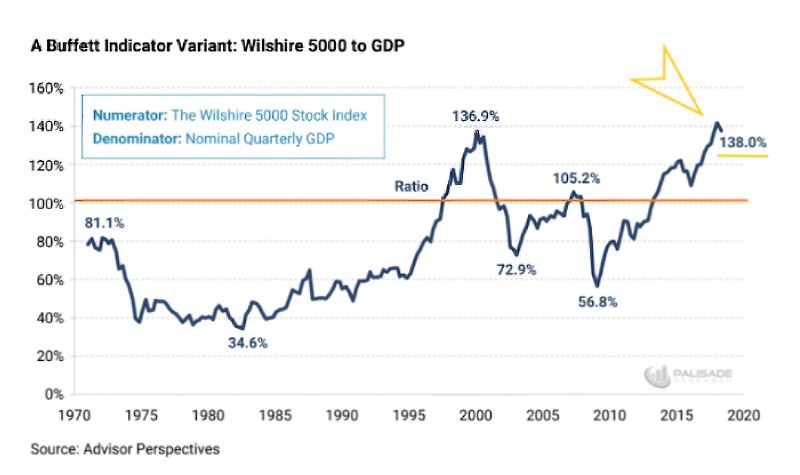Lately I’ve been analyzing my investment history — both successes and failures.
I noticed that all my winning investments have one thing in common. In almost all cases, I understood something that the market didn’t.
That may sound a bit strange (or arrogant). So let me explain this idea with an example.
Back in 2004, I started using Google’s advertising platform for my job. It was the same year the company went public. Within a year of using the product on a daily basis, I was convinced that this was the future of advertising. And I knew that Google was incredibly far ahead of its primary competitors — Microsoft and Yahoo — because I used their products too.
I first bought shares of Google in 2006. And I continued to add to my position until 2012. During that time, I followed the company very closely. And I was really surprised by how Wall Street analysts and other investors misunderstood the company.
For example, analysts complained that Google’s $1.65 billion acquisition of YouTube in 2006 was a poor use of shareholder funds. They thought YouTube — and other acquisitions — would distract from Google’s very profitable core business of search advertising.
What many analysts failed to understand was video was going to become a huge part of search. But Google’s founders knew this. They went ahead with the acquisition despite complaints from some investors. Today, YouTube has been called the best tech acquisition of all time. In 2019, YouTube advertising produced revenue of more than $15 billion — and it’s growing at more than 30% per year.
A similar thing happened with Google’s core advertising business. From 2006 to 2012, analysts paid a lot of attention to Google’s cost-per-advertising-click. Whenever this metric went down, analysts worried about the health of Google’s ad business.
The analysts were looking at the wrong metric though. While the cost-per-click was declining, the ad click-through-rate (the percent of ad views that generate a paid click) was soaring. So yes, Google was seeing less revenue per click, but the number of clicks they were seeing was going through the roof. Google was smartly optimizing their platform for the most possible revenue by showing ads that would pay less per click, but get clicked much more often.
The analysts didn’t understand the nuances at play. If you want to know more about the complexity of cost-per-click and analysts’ misconceptions, check out CNBC’s excellent piece on the topic.
What’s Misunderstood Today?
I believe the biggest example of this “misunderstood” phenomena today is U.S. stocks.
No matter how you look at it, U.S. stocks are expensive on a historical basis. Here’s a chart showing Warren Buffet’s favorite indicator of whether stocks are overvalued. It shows the ratio of the total U.S. stock market to our GDP. As you can see, we are currently near levels last seen in 2000.

It’s one of many worrying signs. When I look at the American economy, I see a troubled picture. Real economic growth remains slow. The S&P 500 today pays a lowly 1.93% yield. And yet somehow stocks are leaping higher.
Both the government and corporations have record levels of debt. And since the COVID-19 crisis began, it’s been piling up even faster. As I say frequently, eventually all this debt will have to be dealt with. And the options we have to deal with debt aren’t pretty — higher taxes, slashed spending, sustained inflation or some combination of all three. No matter how we do it, it’s going to have a majorly negative impact on U.S. companies. They’ll either see higher taxes, lower spending by customers or be hurt by rising prices. The bill will come due.
This fact is being completely overlooked by investors. It’s as if all this debt doesn’t matter. But I believe that in the long run, it will matter. Very much.
For these reasons, I continue to prefer emerging market (EM) stocks over American ones. EMs are basically the only place you can consistently buy solid companies at reasonable prices. These factors alone help to limit any potential downside.
I like the fact that I can get up to 7% yields on stocks in emerging markets like Russia. At those dividend levels, I’m fine parking money there for 5 years and just letting the dividends compound.
Another reason I think investors should pay attention to unpopular markets like Russia is that their levels of debt are incredibly low. Surprisingly, the Russian government today runs a surplus and has almost no debt (Russia’s debt to GDP ratio is around 10%, versus more than 100% in the U.S.). Corporations in these countries are sometimes poorly run, but they’re cheap. And they are unlikely to have nasty surprises related to government debt in their future. You can’t say the same for most developed markets like the U.S.
EM stocks, including Russia, have basically done nothing over the past decade. That makes people understandably hesitant to invest in them. But that stability is a huge part of the reason I like them. Eventually, EM will come back in favor. And when that happens, the multiples people are willing to pay will rise. Until then, I’m happy compounding my money at 5-7% a year from dividends.